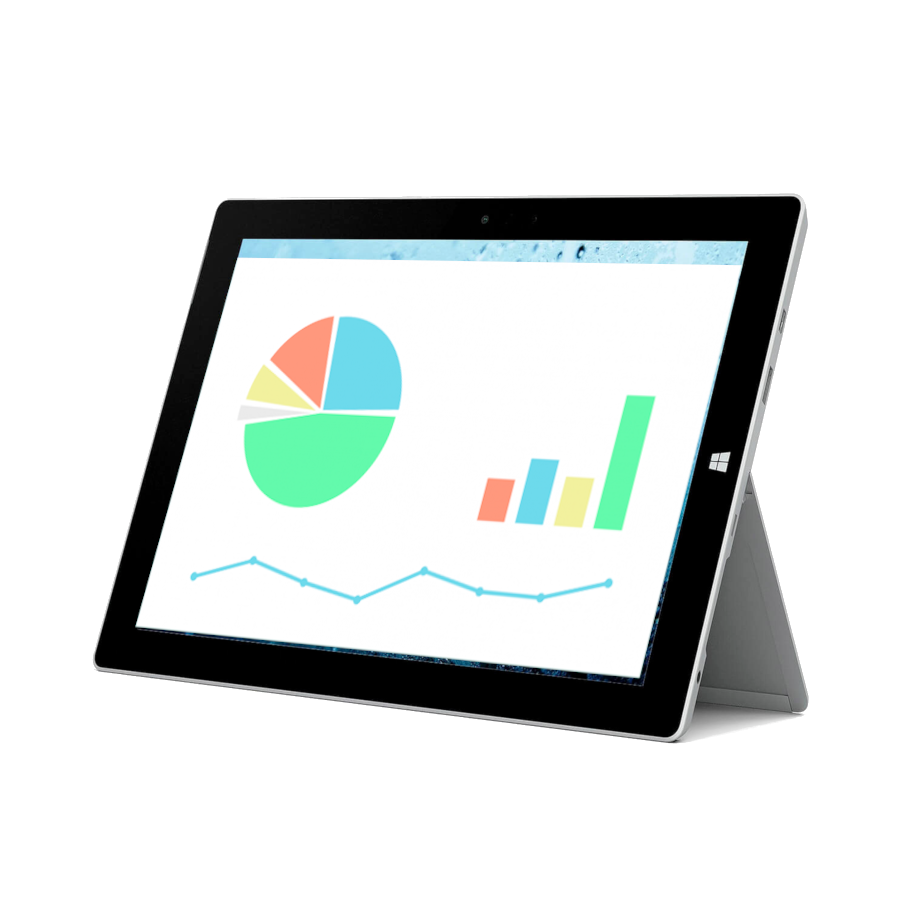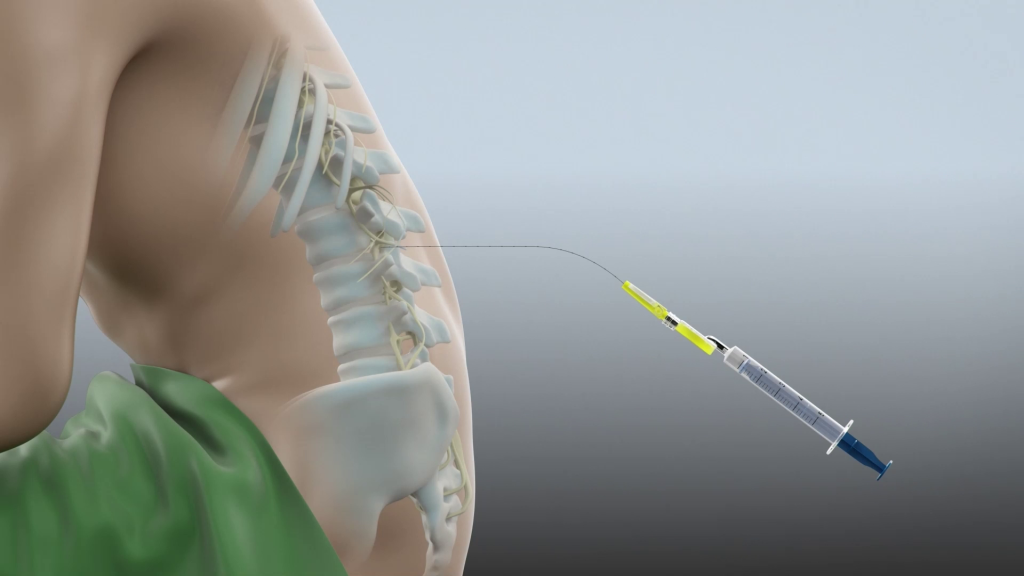Videos and 3D Animations for anesthesia patient education
- Preoperative outpatient clinic
- Introduction
- General anesthesia
- Epidural anesthesia
- Spinal anesthesia
- Axillary Plexus anesthesia
- Interscalene Plexus anesthesia
- Femoral block
- Risks + side effects
Making patient education more efficient along clinical routines
The implementation of digital patient education, particularly along clinical routines and standard procedures, and with full integration into the hospital information system, leads to a significant improvement in workflows, including:
- Unification of patient communication
- Elimination of redundant structures
- Cross-departmental harmonization and improved data availability
- Visual reports for physicians, evidence of content review, and streamlined conversations
- Paperless documentation and automatic filing
Patients automatically receive a link to access educational materials, e.g., on epidural anesthesia or ureteroscopy, along with digital medical history forms and patient surveys, such as ePRO. Through the same pathway and within a fixed payment structure, an unlimited number of inquiries and information packages can be sent or evaluated at once or over time—such as additional details on anesthesia preparation or post-operative care.
Physicians receive a clear summary of the completed educational content, transmitted data, and any open questions prior to the consultation. This allows them to engage at precisely the right moment during the conversation. Additionally, digital signatures can be implemented at various points.
Phone, video conference, and digital patient education?
In Germany, the use of telephone or video conference for patient education in anesthesia is getting established for several years. This is permissible for 'simple cases' and with the consent of the patients (cf. BGH ruling of June 15, 2010, Az. VI ZR 204/09).
In Austria, anesthetists are also increasingly using telephone consultations. Additionally, more anesthetists are working in outpatient settings, such as in the form of ambulatory or mobile anesthesia.
At the same time, the eIDAS Regulation has been in effect in the German-speaking region for several years, equating certain qualities of electronic signatures with those of physical signatures. Especially for simple cases and standard procedures in anesthesia, this opens up opportunities for fully digitized processes, allowing patients and doctors to avoid complicated pathways and appointment arrangements. Thus, a legally documented digital patient education can serve as an ideal complement to telephone education, i.e., by
- Decentralized data collection: Educational materials and medical history forms can be completed by patients from any location and at any time using any device with a web browser.
- Remote signatures or eIDAS-compliant legally secure signatures for informed consent.
- Paperless conversation documentation, which is available to the doctor at the push of a button during the call, allowing the entire conversation to be documented digitally.
- Automatic filing in the hospital information system (HIS) or practice management system (PMS)
- Proof that patients have engaged with the content of the education (through specific IT forensic procedures).
Briefing MAIA-digital patient education for anesthesia
Anesthesia
Anesthesists, clinics, hospitals, practices, anesthesia centers, mobile or outpatient anesthesia
Complete data encryption
User tracking & IT forensics (time stamps, signatures)
Electronic signature (‘Sign On Glass’), remote signatures
Licence with flexible invoicing periods
Prices tailored to the size of the facility, annual flat rates, degressive pricing model
Pricing information upon request
Understanding digital education in anesthesia: Practical application
MAIA can be integrated with HIS/PMS or other applications for appointment scheduling. This allows the information to be sent automatically. Patients receive a personalised link via email or text message. The digital education can be completed on any browser-enabled device (smartphone, tablet, PC).
MAIA can be integrated with HIS/PMS or other applications for appointment scheduling. This allows the information to be sent automatically. Patients receive a personalised link via email or text message. The digital education can be completed on any browser-enabled device (smartphone, tablet, PC).
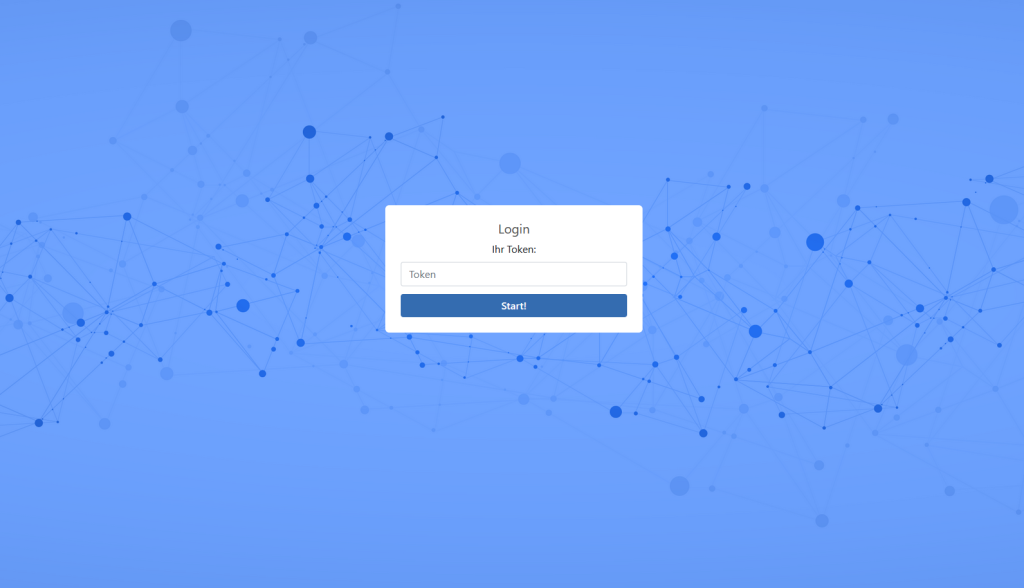
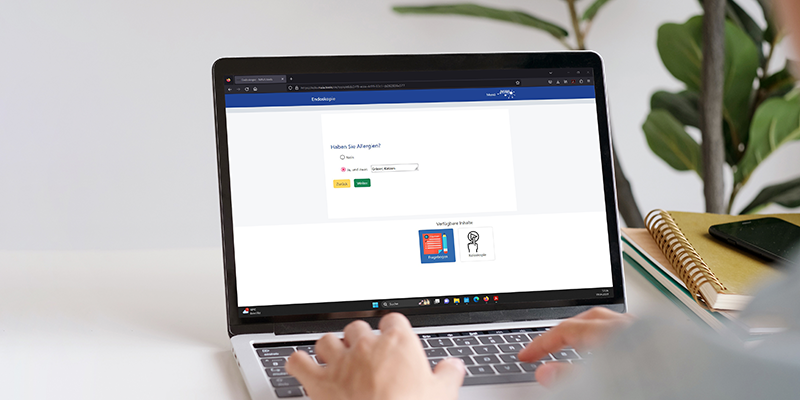
The information modules on anesthesia are presented in a particularly engaging and easy-to-understand way through 3D animations. The content is audiovisual, meaning that text is not only displayed but also narrated by professional speakers.
The information modules on anesthesia are presented in a particularly engaging and easy-to-understand way through 3D animations. The content is audiovisual, meaning that text is not only displayed but also narrated by professional speakers.
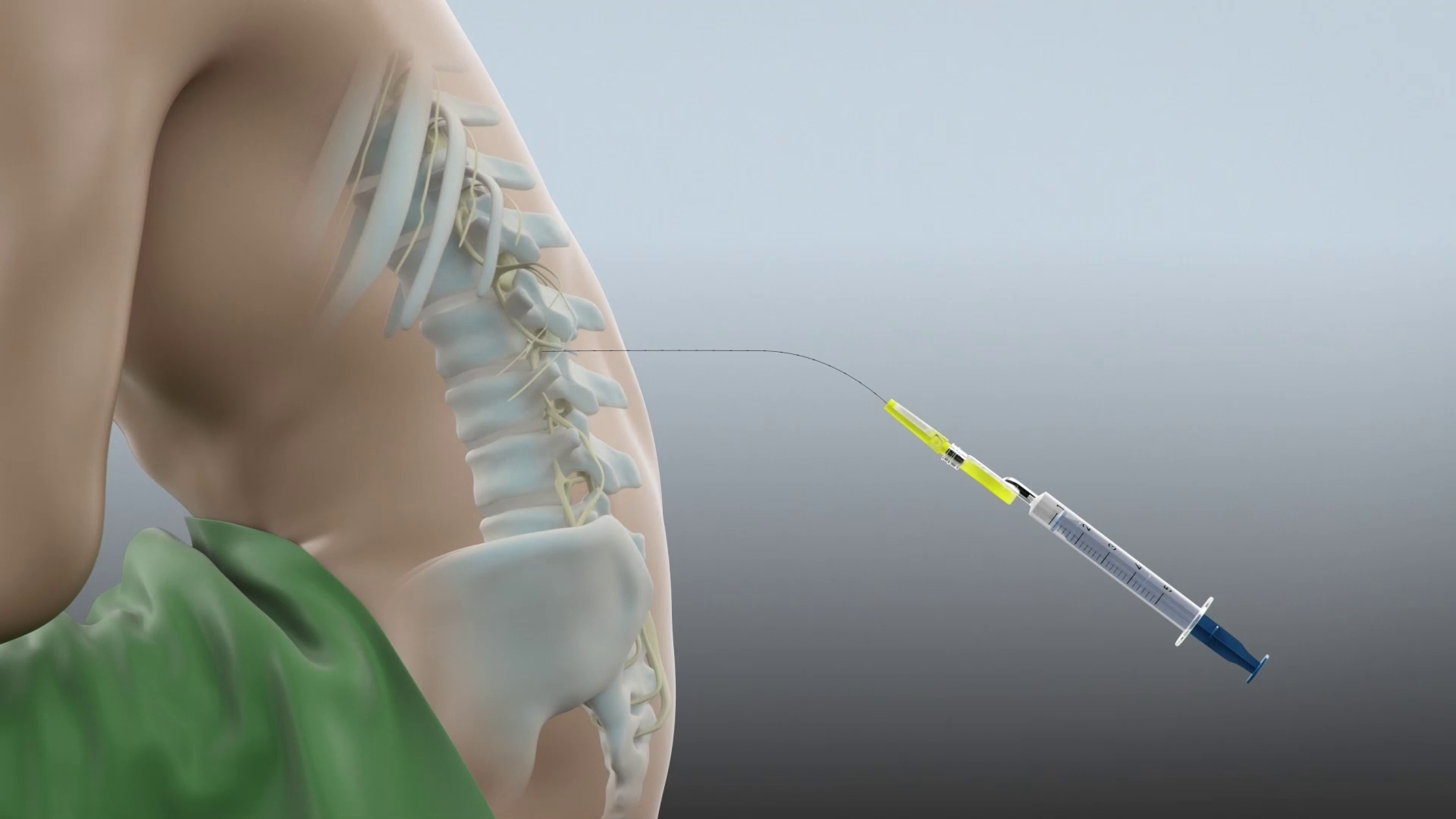
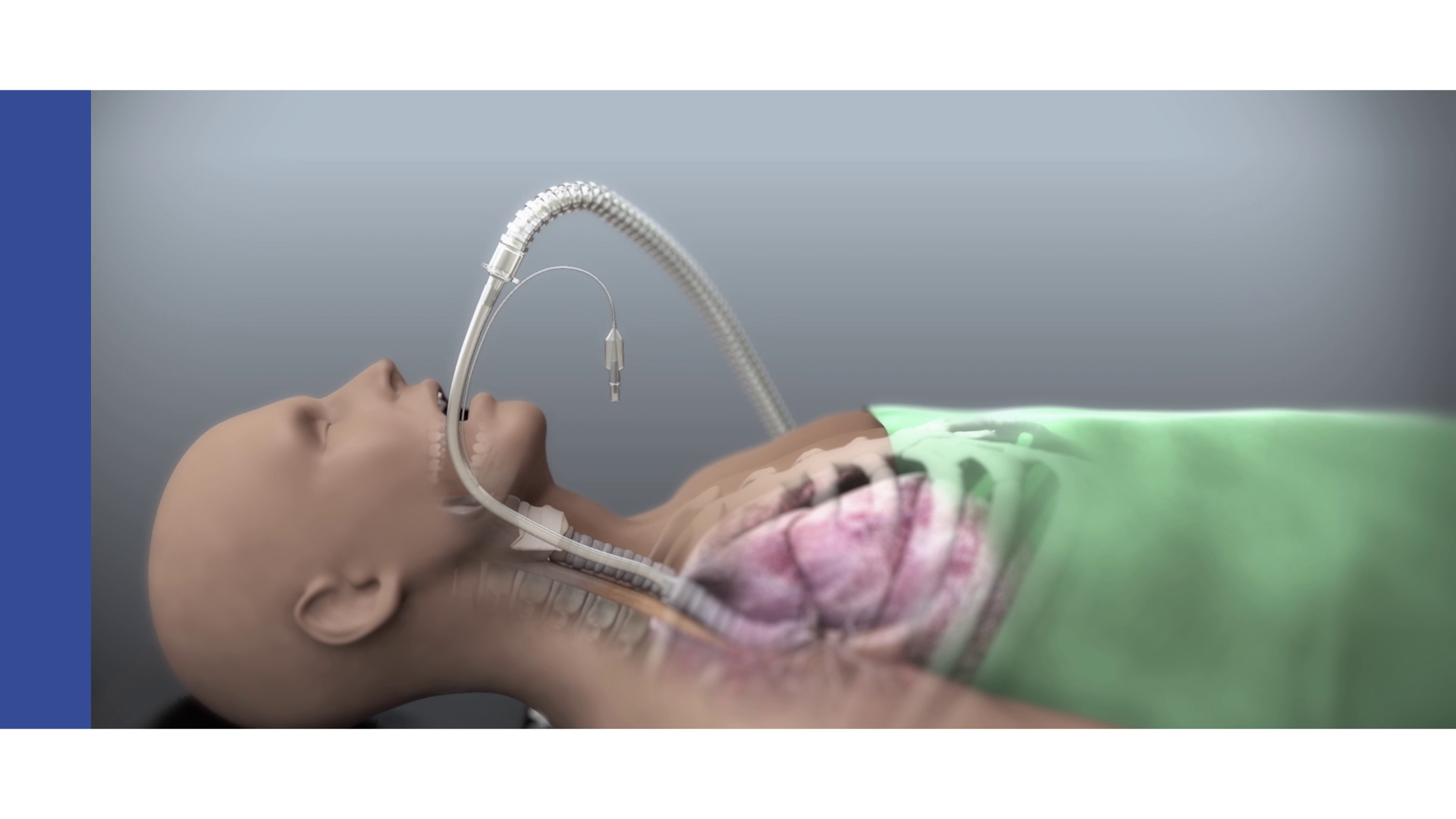
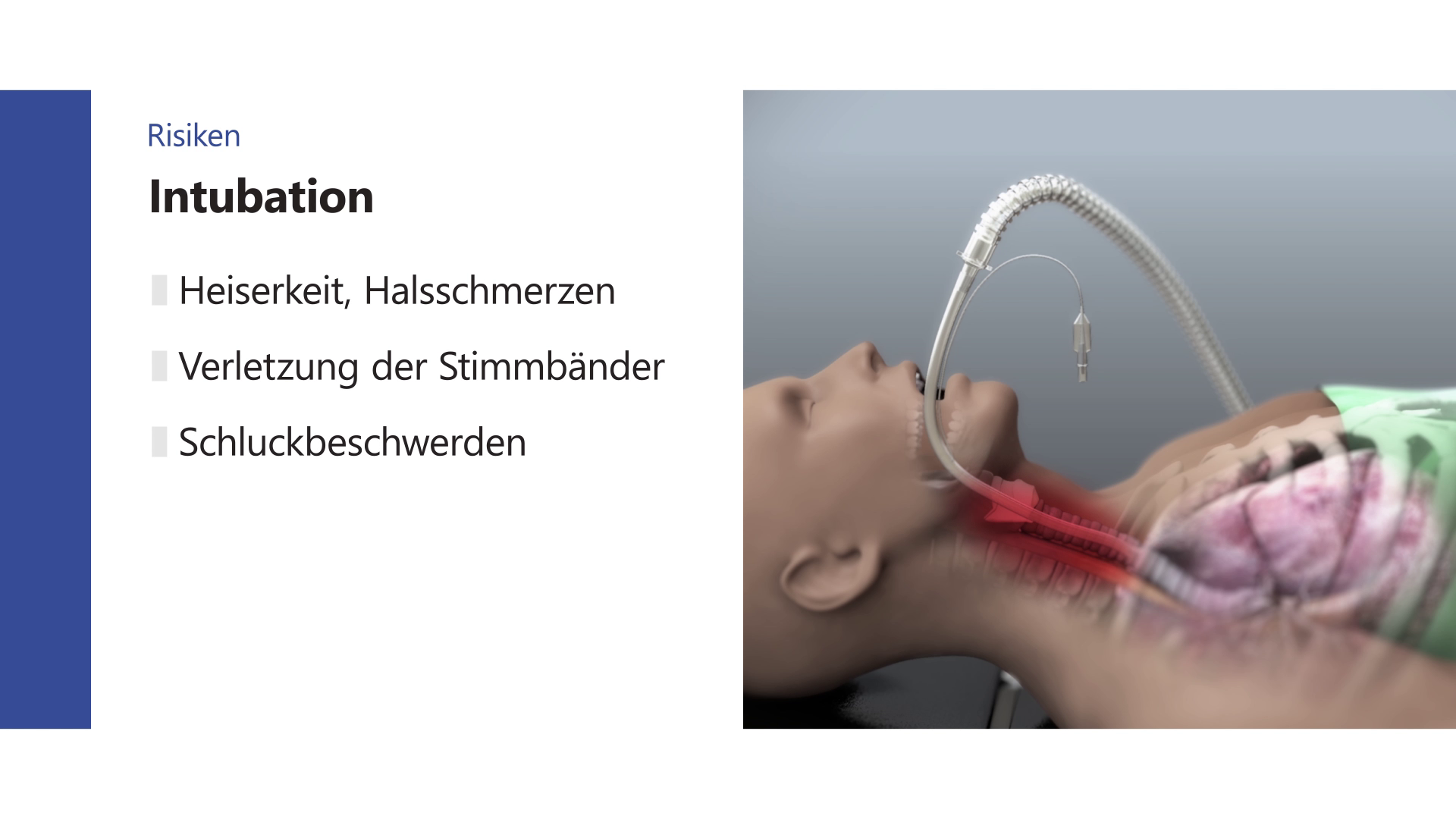
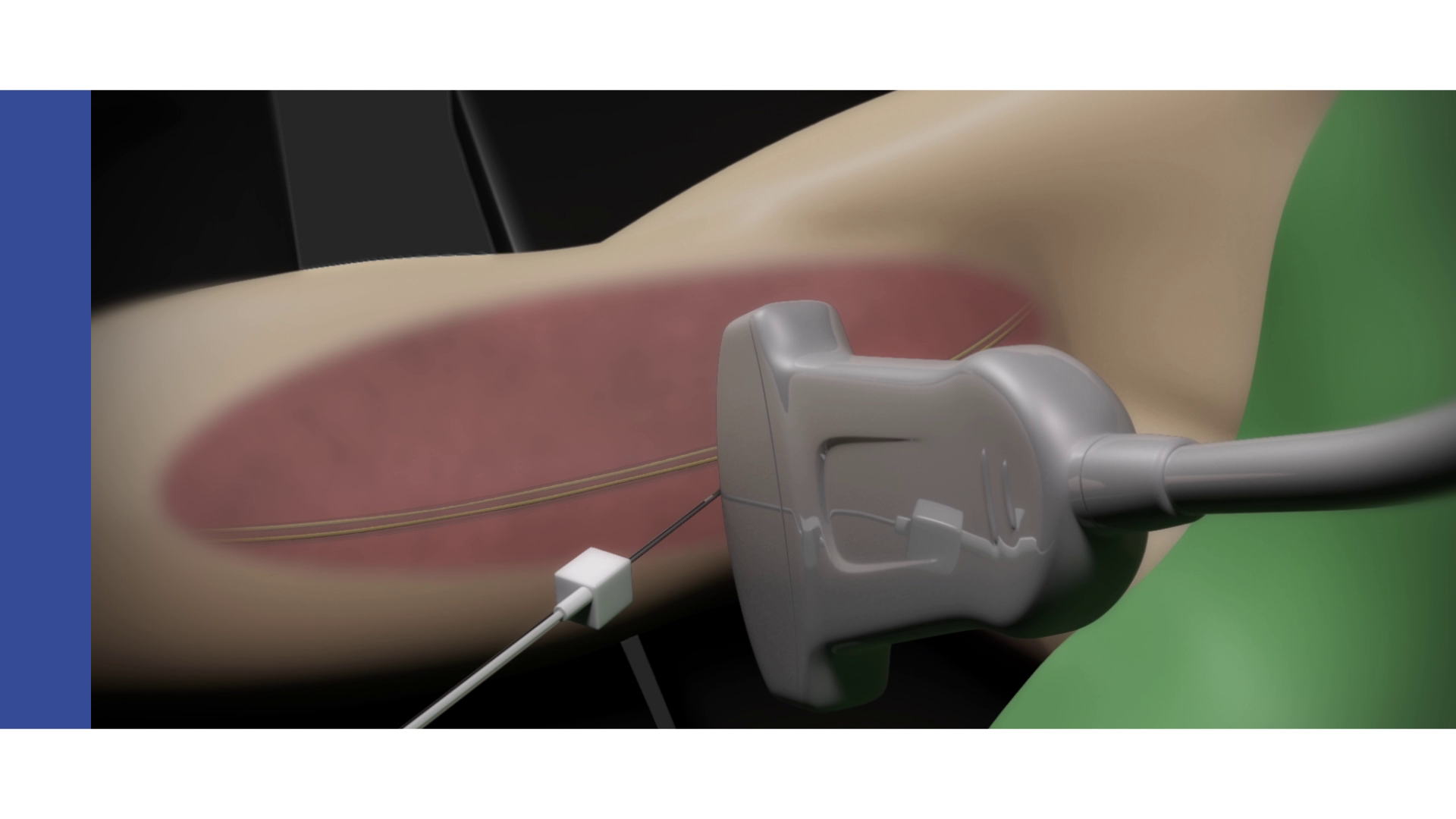
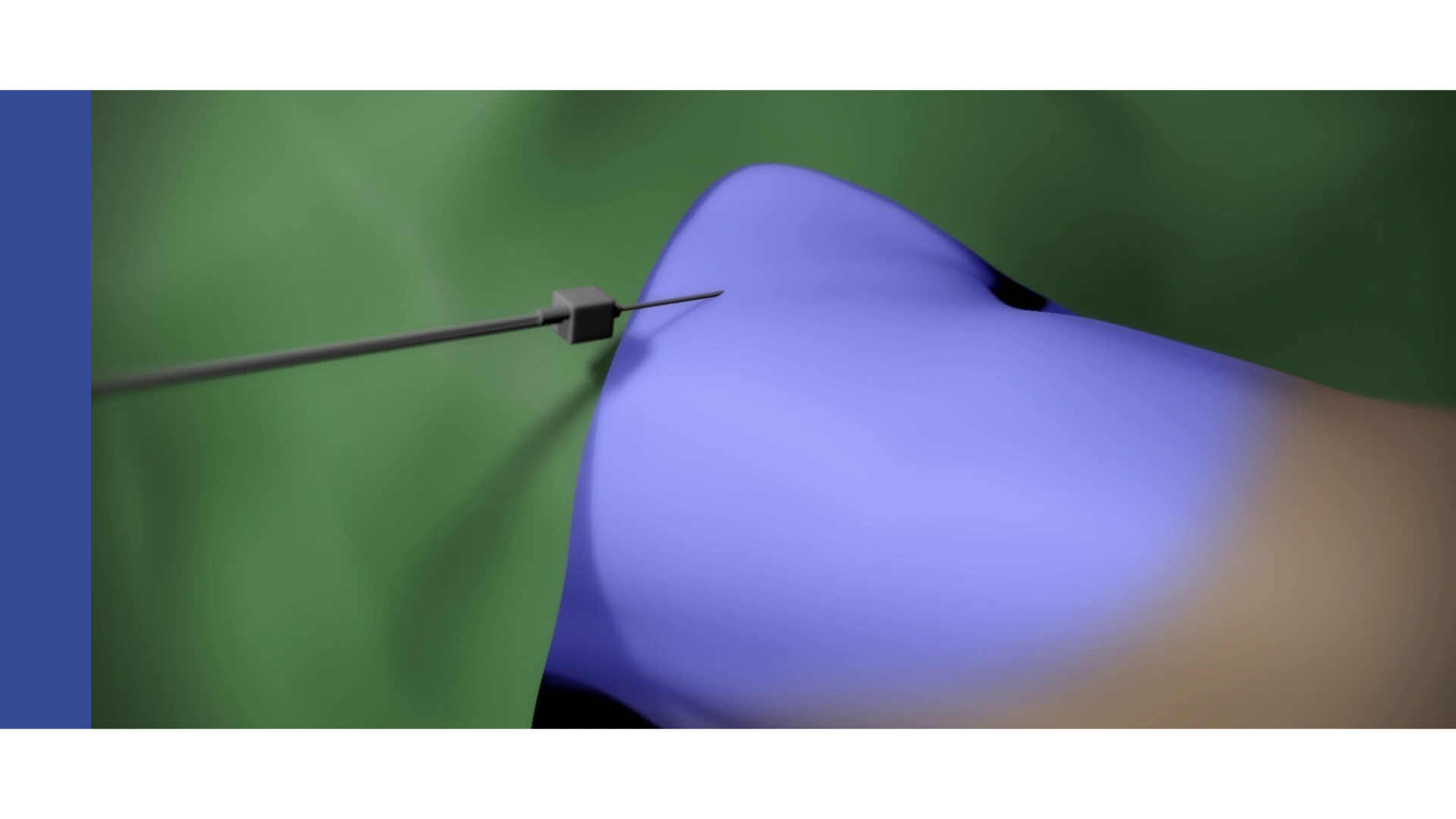
Usability and navigation are intentionally designed to be straightforward, making them easy to understand even for older individuals. If, for any reason, completing the education digitally is not possible, a fallback procedure can be initiated with the click of a button, allowing for a medical history form to be used for the treatment. There are no additional costs for a paper-based educational form.
Usability and navigation are intentionally designed to be straightforward, making them easy to understand even for older individuals. If, for any reason, completing the education digitally is not possible, a fallback procedure can be initiated with the click of a button, allowing for a medical history form to be used for the treatment. There are no additional costs for a paper-based educational form.

Patient education for anesthesia is available in multiple languages. Often, individuals need to be informed in languages such as Turkish, Bosnian-Croatian-Serbian, Ukrainian, or Arabic.
Die Patientenaufklärung für die Anästhesie steht in mehreren Sprachen zur Verfügung. Häufig müssen Menschen z.B. auf Türkisch, BKS, Ukrainisch oder etwa Arabisch aufgeklärt werden.
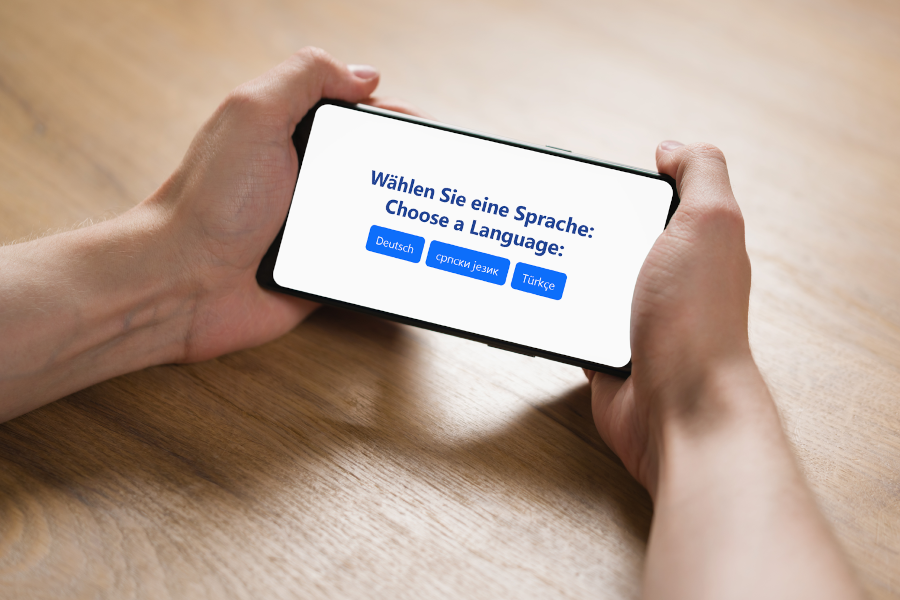
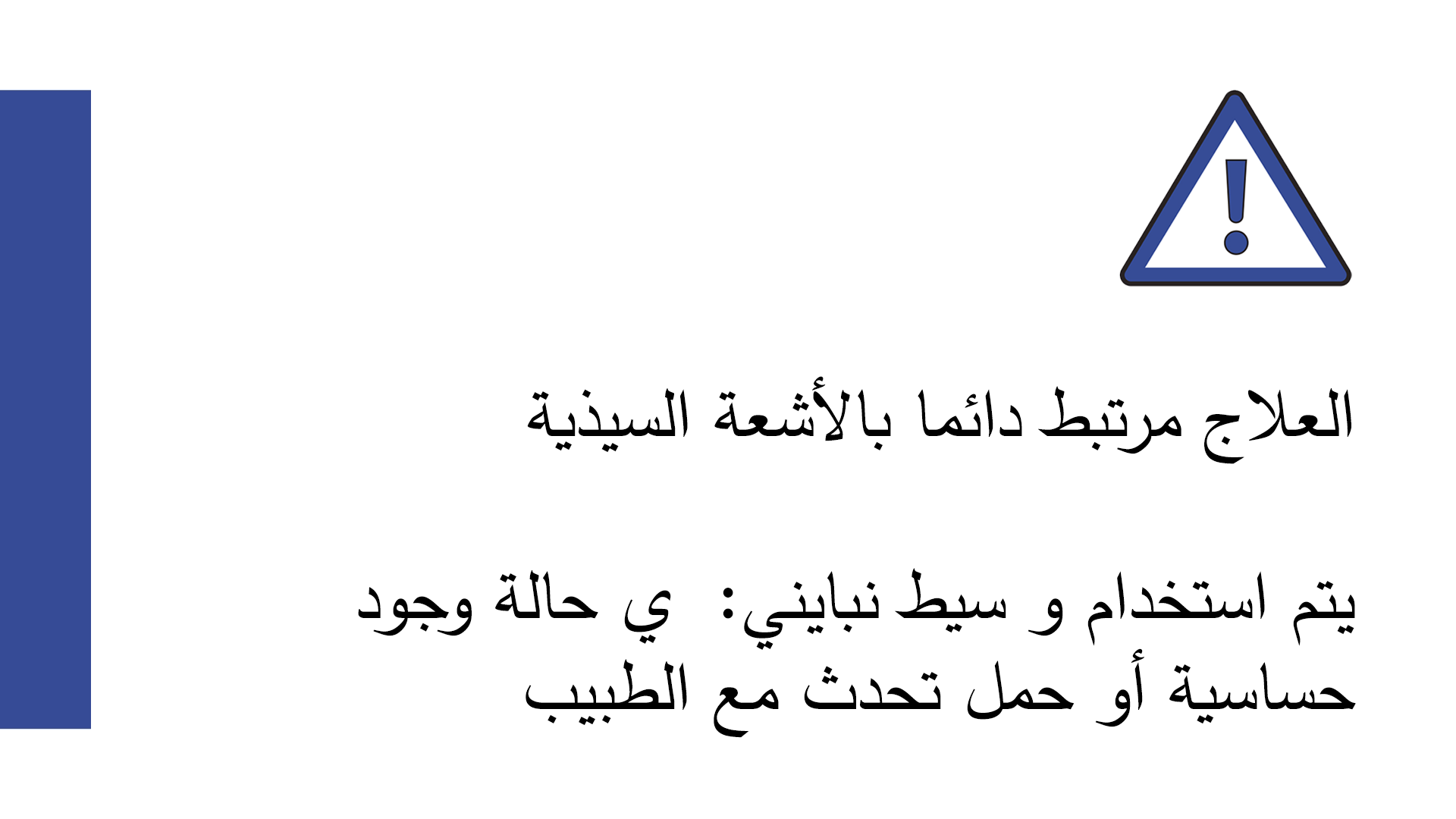
Administrative difficulites can be avoided using individual question modules.
Administrative difficulites can be avoided using individual question modules.
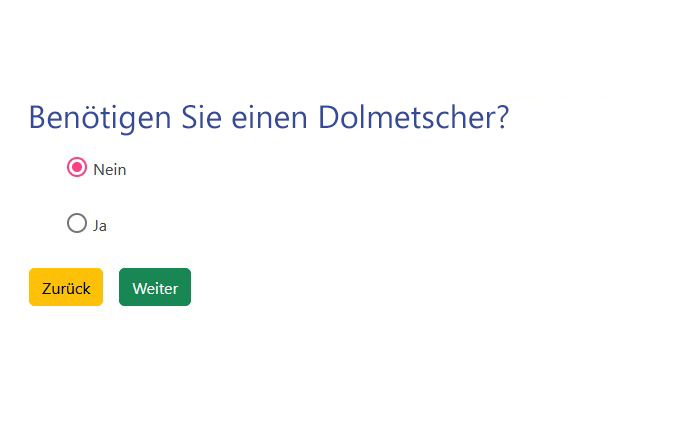
Special focus is placed on safety: We not only adhere to the highest standards of data security, but also collect numerous additional data points that serve legal certainty (such as timestamps, electronic signatures, and dropout points). Additionally, a color-coded system is used to assess whether the content has been understood.
Special focus is placed on safety: We not only adhere to the highest standards of data security, but also collect numerous additional data points that serve legal certainty (such as timestamps, electronic signatures, and dropout points). Additionally, a color-coded system is used to assess whether the content has been understood.
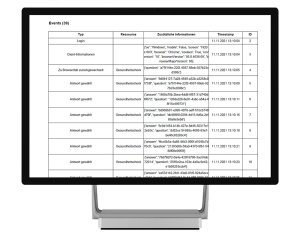
Before the informed consent discussion, the completed digital education is submitted to the HIS/PMS. During the educational conversation, a report is available that serves as a guide for the doctor. Typically, in addition to basic knowledge about anesthesia, only specific questions and risks need to be addressed. The report allows for direct digital documentation and additional notes to be included.
Before the informed consent discussion, the completed digital education is submitted to the HIS/PMS. During the educational conversation, a report is available that serves as a guide for the doctor. Typically, in addition to basic knowledge about anesthesia, only specific questions and risks need to be addressed. The report allows for direct digital documentation and additional notes to be included.
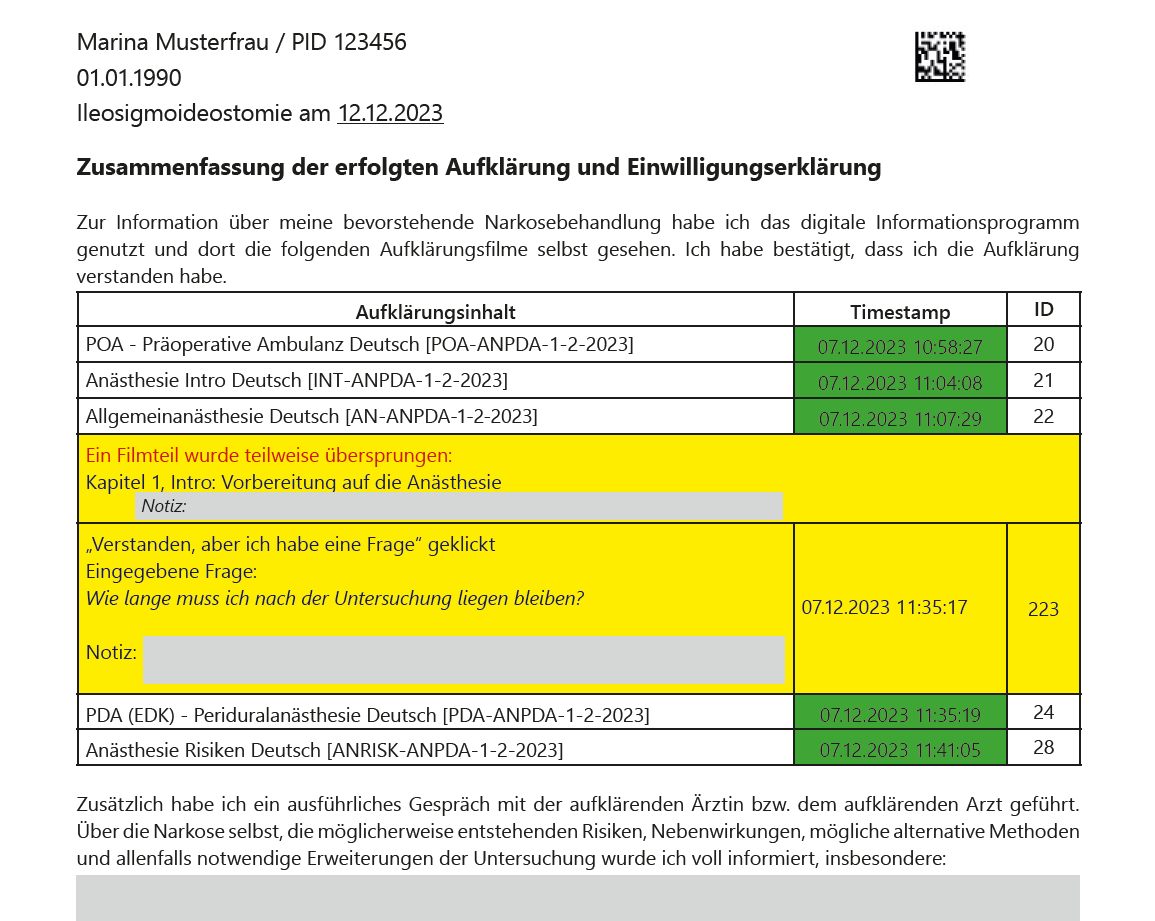
The documentation can be completed with an electronic signature . This procedure fulfills the legal requirements of European law (eIDAS compliant) and can be implemented at various security levels. We recommend a method that balances security and usability.
The documentation can be completed with an electronic signature werden. Dieses Prozedere entspricht den rechtlichen Anforderungen (eIDAS-konform) und kann innerhalb unterschiedlicher Sicherheitsniveaus umgesetzt werden. Es empfiehlt sich ein Prozedere, das Sicherheit und Usability optimal ausbalanciert.

The entire documentation is complete. The anesthesia education, along with all forensically relevant data, is automatically and securely archived and can be accessed at any time through the management system.
The entire documentation is complete. The anesthesia education, along with all forensically relevant data, is automatically and securely archived and can be accessed at any time through the management system.
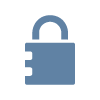
Quality assurance and aftercare: With the MAIA platform, it is possible to implement specific aftercare modules. Structured patient surveys, such as ePRO, can be used for quality assurance and are included in the anesthesia education module.
Quality assurance and aftercare: With the MAIA platform, it is possible to implement specific aftercare modules. Structured patient surveys, such as ePRO, can be used for quality assurance and are included in the anesthesia education module.
